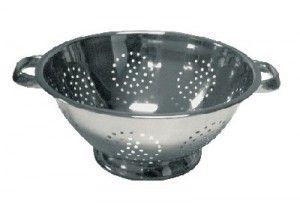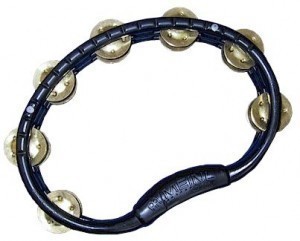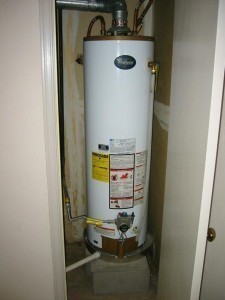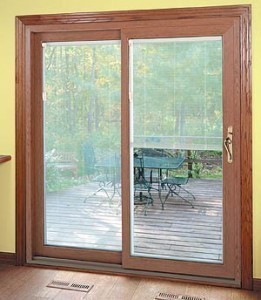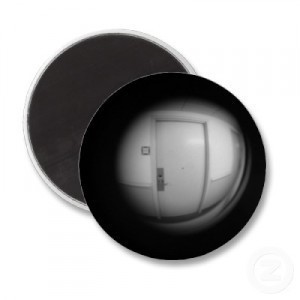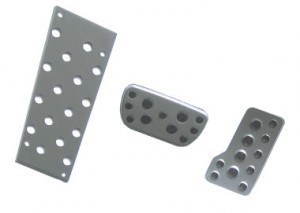Home Theater Speaker Dimensions
The right home theater speaker size will turn your 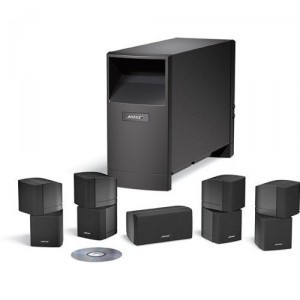 home viewing into a cinematic experience. The following are some of the speaker types you can choose from.
home viewing into a cinematic experience. The following are some of the speaker types you can choose from.
The Satellite Speaker System
These are compact speakers sometimes sold with 5.1 or 7.1 home theater surround sound systems. These can also be purchased separately. Typically they constitute the left / right and surround left / right speakers. When using these speakers, a center speaker is usually required to enhance the sound.
Satellite speakers are small so finding space for them isn’t a problem. For most 5.1 systems, six speakers are needed. Aside from the left / right and surround speakers, you’ll need to position the center speaker and the subwoofer too.
This home theater speaker size is perfectly all right if you’re watching movies. However, reproducing low frequency sounds can be difficult. This shouldn’t be a problem though, unless you are an audiophile.
Bookshelf Speakers
These speakers were developed to fit into cabinets and similar containers. They’re bigger than satellite speakers but produce richer sounds. This makes it ideal for listening to music.
It can be flexible enough so you can use two speakers to tune in to music. However some people like to use the subwoofer when listening; it’s up to the individual. Using this system you can set up the AV receiver so the speakers handle the music and the subwoofer will handle the bass.
Floor Standing Speakers
These are some of the most popular home theater speaker size / types available. These are also called tower speakers and are the best for listening to music. These speakers are developed to handle frequencies 20Hz to 20Khz. Unlike satellite or bookshelf speakers, their full size means it can produce low bass, middle and high frequencies.
Their height will vary and usually they come with smaller speakers. These are designed to give the set the maximum sound frequency range possible. In most setups, they are used for left and right and / surround speakers.
These speakers need a special subwoofer. However some models are designed to handle the low frequencies so a subwoofer isn’t always necessary.
In Ceiling and In Wall Speakers
When looking for the right home theater speaker size and type, the in ceiling types will have to be considered too. Since they’re along the ceiling, it saves a lot of space. You can use these for the left, right and surround speakers. Under this setup, you don’t have to worry about all these speakers clogging up the room.
The downside is setting them up can be hard. Also, the quality may not be at par with tower speakers. This will be most evident when listening to music.
The in wall speakers are built the same way except they need to be installed along the walls. Again the drawback is that setting it up may require the services of a qualified person.
The great thing about all these home theater speaker sizes and types is it gives you plenty to choose from. Whatever your budget, there’s bound to be a setup just right for you.
